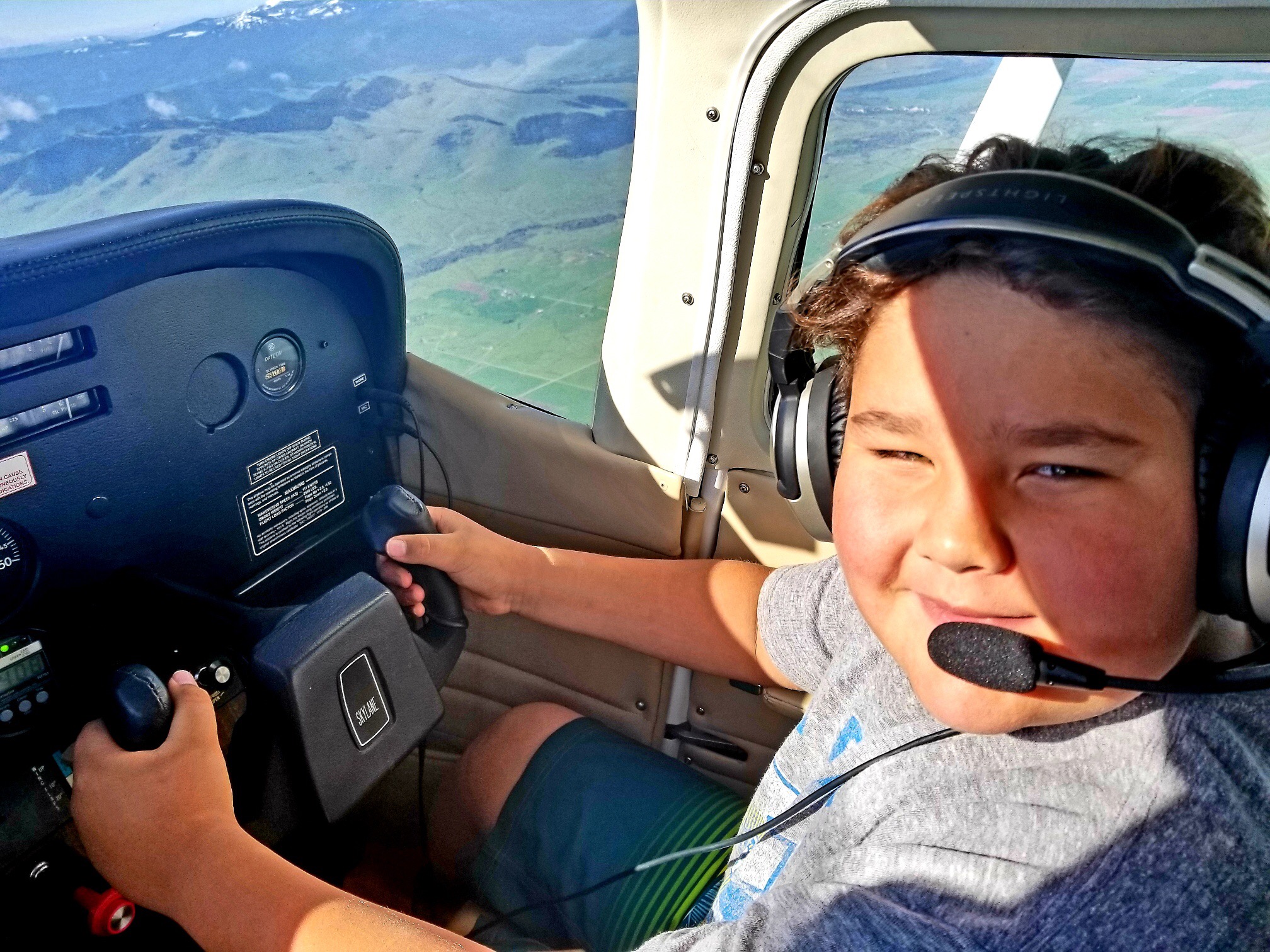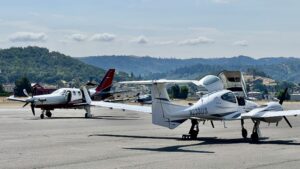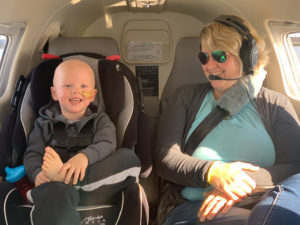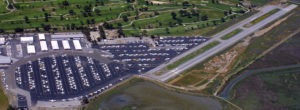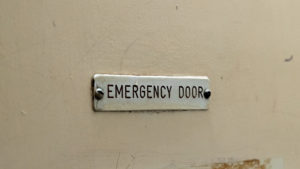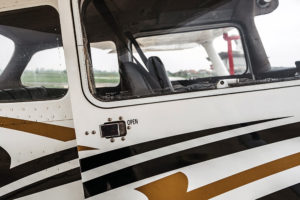Gather a room full of pilots and ask them the following questions:
- How many of you have had an emergency while in flight?
- How many of you have declared an emergency?
- How many of you have had to complete any post-emergency “paperwork?”
The answers are usually: A few, a few less, and zero.
That’s right, most people who declare an emergency never face the dreaded “paperwork” that everyone fears.
Take me, for example. Once I was firmly IMC when the engine started running rough. The EGT/CHT instrument indicated that I’d completely lost power in one cylinder. Without hesitation, I turned directly toward the nearest airport while holding the current altitude to give me the greatest possible range should the engine stop. I did what diagnostics I could, declared an emergency, telling ATC where I was going, what I was doing, and prayed. ATC confirmed my execution by clearing me direct to the airport I was already flying toward and asked for the number of souls and fuel onboard and the nature of the emergency.
The ceiling at the airport was about 1500 feet AGL, so I arrived overhead at my cruise altitude and circled down until I was below the overcast. I flew a close in abbreviated pattern and made an uneventful landing. On final, I noticed flashing lights scattered around the ramp area. After landing I taxied by two fire trucks and three police cars that were standing by in case the situation warranted. I confirmed with ATC that I was safely on the ground, and that was it!
Since there was no damage to the aircraft I didn’t file an NTSB report and I never heard from the FAA. But the truth is that I’d have been happy to fill out whatever reports the FAA, NTSB, or whoever wanted me to because I completed the flight safely. If you are interested, NTSB Part 830 provides the reasons and timing for when you must file a report.
You probably remember from your flight training that there are two phrases you can use to command attention depending upon the severity of the situation. “Mayday, mayday, mayday” implies a serious and life-threatening emergency. “Pan, pan, pan” communicates that you have an urgent situation. Personal opinion, if there is any doubt, “Mayday” is the right answer, or simply state “I am declaring an emergency.”
Remember the old saw, “If you have an emergency, you should: ‘Aviate, Navigate, and Communicate.” The new take on that would add: “Manage,” as in manage the problem to a safe conclusion.
Once you have declared an emergency, you have the right to do anything necessary to achieve a safe resolution. But first, FLY THE AIRPLANE and navigate toward a safe haven. Communication can wait until you are ready. If you need assistance, ATC is standing by to provide whatever you need. If you need a frequency, airport weather, approach information — it doesn’t matter — ATC will help you in any way they can. If you have passengers you can also use them in whatever way makes sense.
The most important thing to keep in mind is that, in an emergency, the pilot should stay focused on doing whatever it takes to get the airplane safely on the ground. So, while in the midst of a situation, keep your focus, use the resources available, and declare an emergency if that will help.


